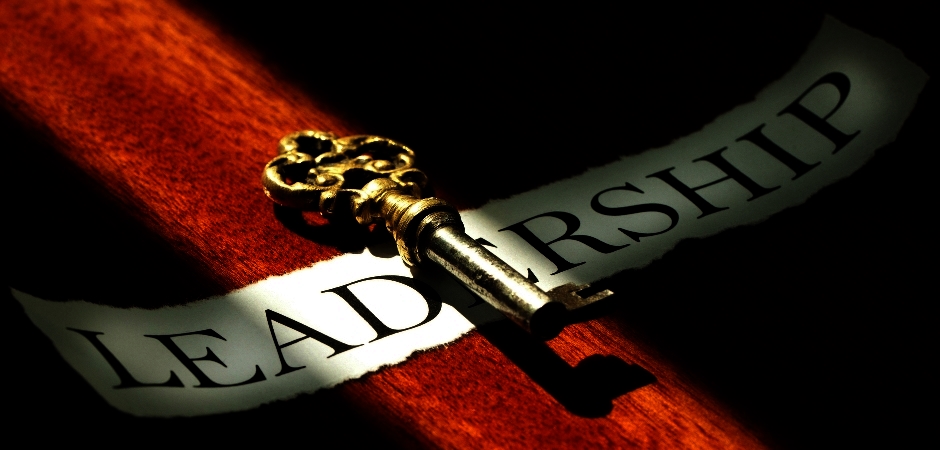In the aftermath of the German U-boat campaign in the First World War, many in Europe and the United States argued that submarines were immoral and should be outlawed. The British Admiralty supported this view, and as Blair has described, even offered to abolish their submarine force if other nations followed suit. While British proposals to ban submarines in 1922 and 1930 were defeated, restrictions on their use where imposed that mandated that submarines could not attack a ship until such ships crews and passengers were placed in safety. This reaction to the development of a new means of war is illustrative of the type of ethical and legal challenges that must be addressed as military organizations adopt greater human-machine integration.
Integrating Humans and Machines
The military holds an enduring an interest in robotic capability, and teaming these early robots with humans. From the use of remote controlled boats by the Germans in the First World War, unmanned, tracked Goliath robots filled with explosives used in World War Two, through to contemporary EOD robots and unmanned aerial and ground vehicles, military organizations have long sought to leverage robotic capability. At the highpoint of the Iraq War in 2006, the U.S. military fielded over 8000 robots in theater.
This article is the second of three that examines three aspects of human-machine teaming. In the first, I examined the rationale for human-machine teaming through ‘seven propositions’. This article examines key elements military organizations might adopt in a closer integration of humans and machines. It is proposed there are three areas upon which might be constructed a competitive strategy for future operations. The three areas provide background information, analysis and the possible applications of human-machine teams.
Building a Future: Integrated Human-Machine Military Organization
At some point in the future, historians may look back on the current era as the dawn of a human-machine revolution or perhaps even the beginnings of the sixth revolution in military affairs. Williamson Murray notes in The Dynamics of Military Revolution that such things are rarely apparent in advance, and only obvious in retrospect and in the wake of remarkable battlefield success. While certainly the societal, technological, political, and military ingredients of such a revolution are present, whether this consists of a revolution in military affairs will be left to future historical debate.
Institutional #Learning: A Diagnosis of Australian Army Education, Training, and Doctrine
The Australian Army needs a more agile system that is able to anticipate change and continuously adapt to the new generation of soldiers in its ranks, developments in the strategic environment, and new methods of learning that leverage technology. The possession of such an evolved system will better ensure that the soldiers and officers of the Army remain prepared for future operational challenges.
The Keys to Effective #Leadership
Good leadership is learned through experience, observation, study, reflection, and embracing variety in all of its forms. And throughout this journey, leaders also learn that cooperation and collaboration are integral parts of good leadership. Constantly honing the capacity to lead is an ongoing journey and if done right, it is a journey of immense personal satisfaction.
Why Should Military Leaders Use Social Media?
How can military leaders institutionalise their use of social media for the variety of ‘raise, train, sustain’ functions that are executed on a daily basis? This is not to say that military organisations don’t have a social media presence; they do. In the Australian context, the Army Facebook page has a following nearly ten times the size of the regular Army. The Twitter feed, while having a smaller presence, at least has established a foothold for the Army in the Twittersphere. But presence is not the same as an institution fully exploiting the potential of social media.
Social Media in an Army Brigade
One year ago I was hugely fortunate to take command of the Australian Army’s 1st Brigade located in Darwin, at the top end of Australia. It is a formation with a proud history stretching back to its service throughout the Gallipoli campaign, both World Wars, Vietnam and in the contemporary struggles in Iraq and Afghanistan.









